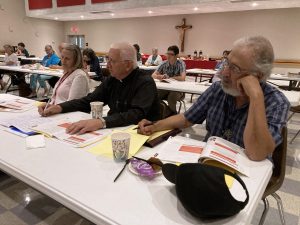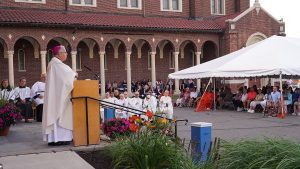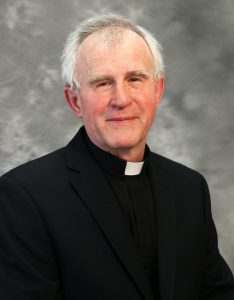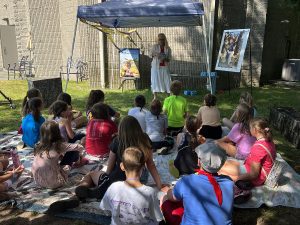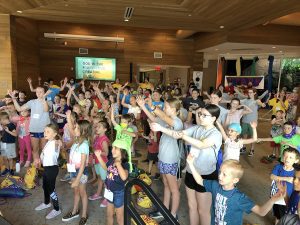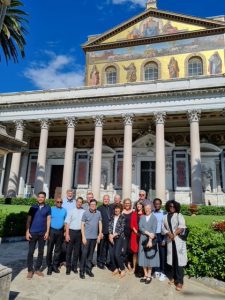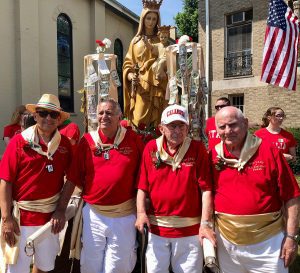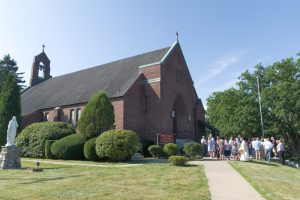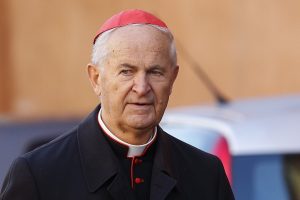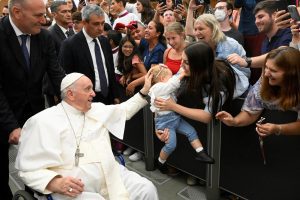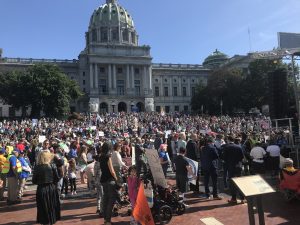
HARRISBURG – The second annual Pennsylvania March for Life will take place on Monday, Sept. 19, 2022, at the State Capitol in Harrisburg.
The rally at 11 a.m. and march at noon will take place on that date because it is the first day when both the Pennsylvania House and Senate will be back in session in Harrisburg.
After we have seen a wave of exciting pro-life legislation across the states, now is a great time to continue the momentum and show our state lawmakers support for protecting the sanctity of life in Pennsylvania.
The rally will take place on the front steps of the State Capitol Building. The address is 501 N. 3rd Street, Harrisburg, PA 17120. The front steps are on the corner of 3rd Street and State Street.
The march route will encircle the Capitol Complex, covering N. 3rd Street, North St., Commonwealth Avenue and Walnut Street. The length of the march route is approximately one mile.
All are welcome to attend and no advanced registration is required.
Besides the rally and march, other events will be taking place on the same day. There will be Morning Mass at Saint Patrick’s Cathedral, 212 State Street, Harrisburg at 9:30 a.m. At 10 a.m., there will be prayer and a praise pre-rally on the main stage. There will also be another Mass at 1:30 p.m. at Saint Patrick’s Cathedral which will be concelebrated by Bishop Bambera, who will also be attending the PA March for Life.
Thousands of people are planning to attend the second annual Pennsylvania March for Life. Several organizations locally are organizing bus trips to help people attend the event.
The Diocese of Scranton is sponsoring a bus trip that will depart from Scranton and will make a pick-up in Wilkes-Barre. Seating is limited and preference will be given to college students, young adults and young families. For more information, contact Shannon at SKowalski@dioceseofscranton.org or (570) 207-2213, x1155.
The Pennsylvanians for Human Life in Hazleton will have a bus heading to the rally and march. They will begin with 8 a.m. Mass at Saint John Bosco Church in Conyngham. The cost of the bus is $15 which includes a beverage and snacks. To reserve a seat, contact Maryann Lawhon at (570) 788-5646.
Gate of Heaven Parish in Dallas is also planning a bus trip which will leave the church’s upper parking lot at 8:30 a.m. Organizers plan to pray the rosary on the trip to Harrisburg. The bus is limited to the first 50 people but if another 50 people express interest, and there is enough to fill it, they will have a second bus attend. To sign up, call Gate of Heaven Parish at (570) 675-2121.
A bus will also depart from Saint Maximilian Kolbe Parish, Pocono Pines, on Sept. 19. Anyone that is interested in attending can contact Stephen Gilnane at sglinane2013@yahoo.com or (570) 977-4617.

